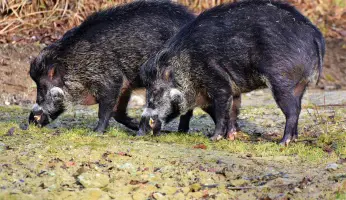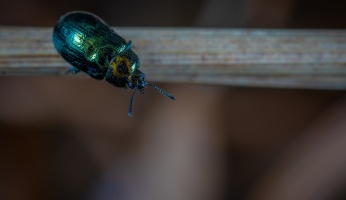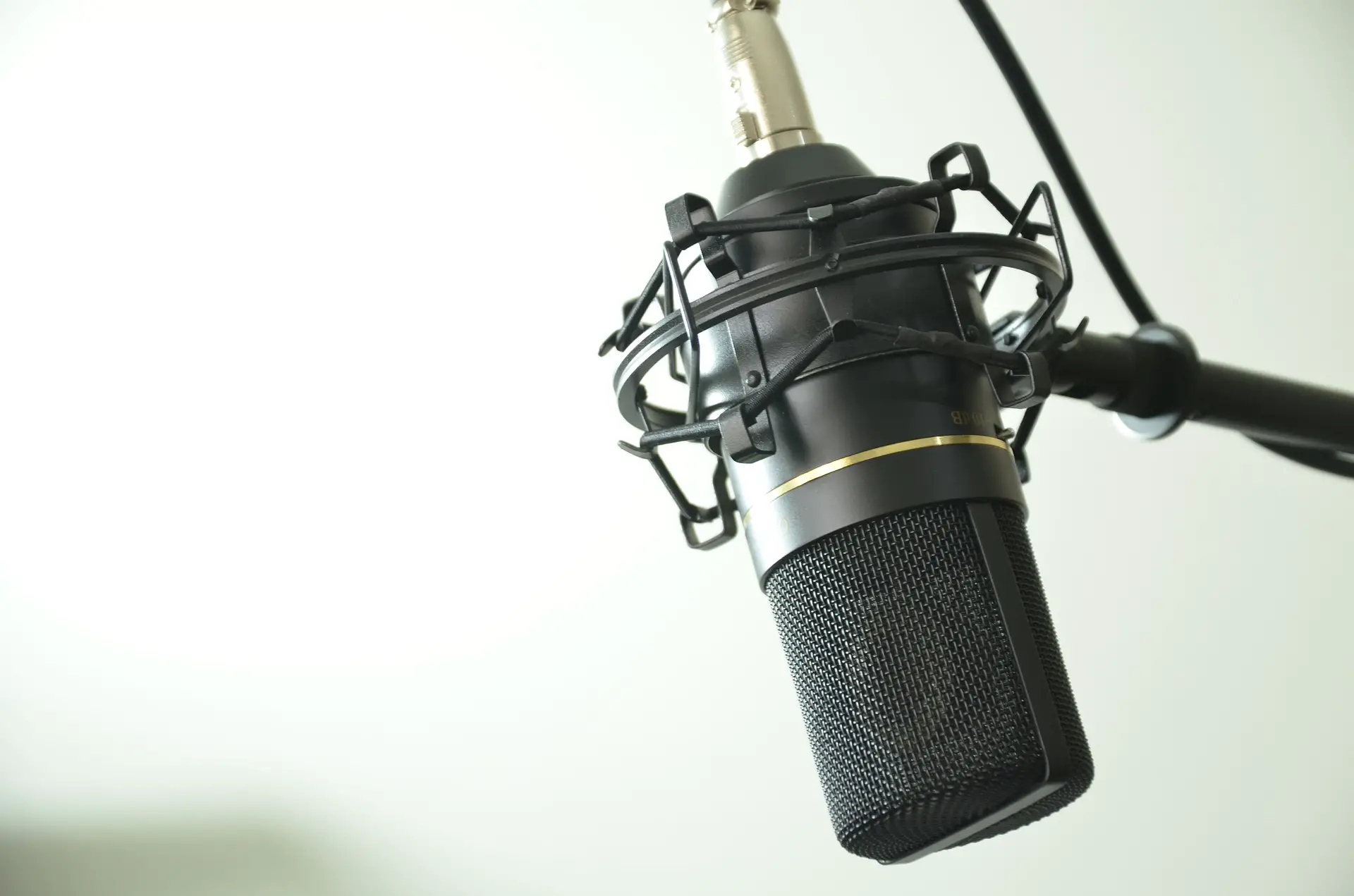How to Hunt Pheasants: A Complete Guide
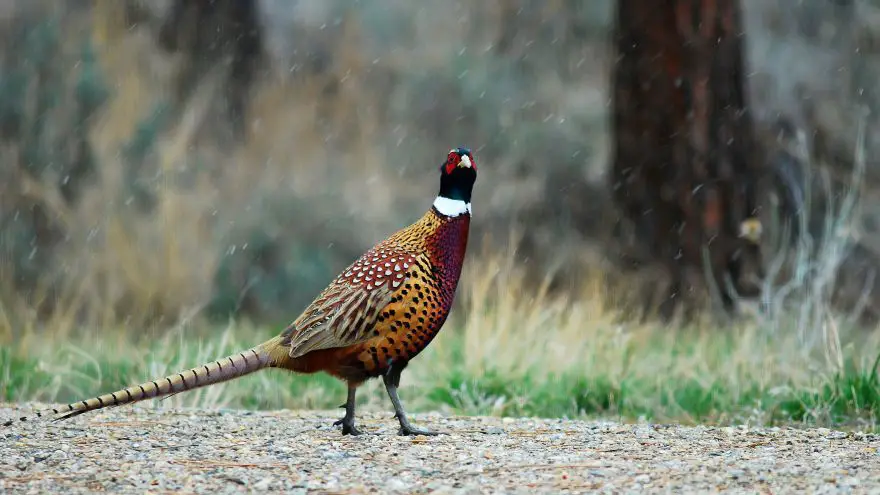 How to Hunt Pheasants: A Complete Guide
thegearhunt.com
How to Hunt Pheasants: A Complete Guide
thegearhunt.com
Did you know that pheasants follow a schedule every day? If you can determine their schedule, you will have much better odds of getting that big rooster.
The pheasants’ day begins before the sun comes up at their roost sites. This is typically in areas where there are weeds or grass that is short to about medium in height. This is where they spend their nights. At the first light of the morning, they head for the roadsides or to the closest area where they will be able to find grit or gravel.
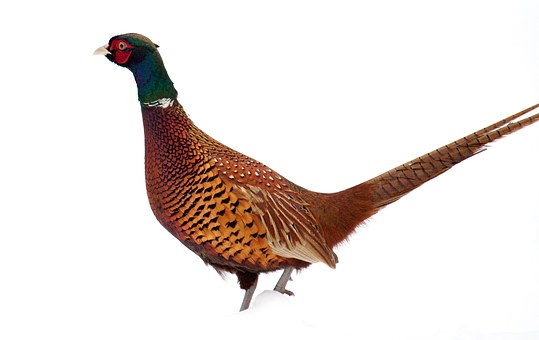 They tend to feed around 8 in the morning. When the shooting hour starts, usually an hour later, they are still feeding. This might be in fields of grain, while they are slowly making their way towards cover where they can feel safe. Good places to look for them are the edges of cornfields.
They tend to feed around 8 in the morning. When the shooting hour starts, usually an hour later, they are still feeding. This might be in fields of grain, while they are slowly making their way towards cover where they can feel safe. Good places to look for them are the edges of cornfields.
By the middle of the morning, the birds will have left their preferred fields and are in the thickest, densest cover they can locate. This might be native grasses, wetlands, patches of brush, fields, or even standing corn.
It can be extremely difficult for even 2 or 3 hunters together to work through large fields of standing corn. The birds will often run to get away from predators too. This can frustrate dogs and humans who are hunting in fields of alfalfa, soybeans, and/or corn. If you are hunting in a group with 1 or 2 other hunters, you might have better luck if you hunt in fencerows, the edges of fields, or in fields of grass. Other good spots to hit in the middle of the day include deep in marshes, or the banks of ditches. Also, keep in mind that the nastier the weather is, the deeper into their preferred cover the birds will go.
Eventually though, they will get hungry. In the late afternoon, they tend to move from their hiding places and head back to the areas where they feed. Just like in the morning, they will be easier to see from distances and therefore, easier for the hunters to access. Because of their schedule, the first and the last hours for shooting tend to be the best times of the day to hunt them.
Gear Up
Hunting for pheasants doesn’t mean that you need to go out and buy a lot of expensive or specialized stuff. That being said, there are a few basic things that will make the time you spend in the field more productive and enjoyable.
The License Hunting Regulations Handbook for the state in which you will be hunting. If you want to hunt pheasants legally, you need to be licensed and know the regulations.
Maps are also useful. Scouting the area where you will be hunting can increase your chances of finding the birds you are looking for. Good maps can assist you with this.
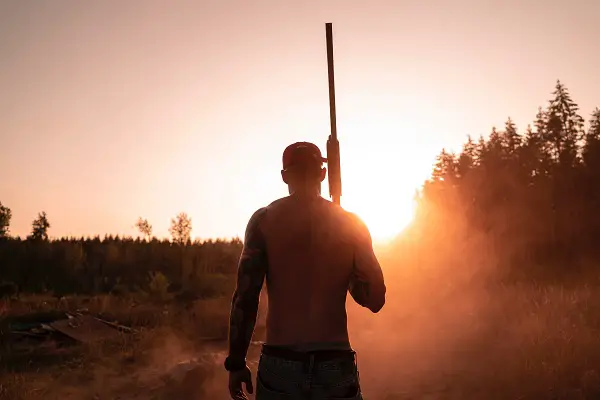 A shotgun and shotgun shells will also be handy if you are going to attempt to kill the pheasants you find. You need to have practiced with this gun and be comfortable with it. The gauge or style of the weapon doesn’t matter as much as your ability to use it well. However, since pheasants are birds that are fairly tough, you might want a heavier load and only shoot from a distance of 50 yards or below. This will leave you with fewer birds that are only wounded. Also, if you will be hunting on federal land, you will need a shot that is non-toxic.
A shotgun and shotgun shells will also be handy if you are going to attempt to kill the pheasants you find. You need to have practiced with this gun and be comfortable with it. The gauge or style of the weapon doesn’t matter as much as your ability to use it well. However, since pheasants are birds that are fairly tough, you might want a heavier load and only shoot from a distance of 50 yards or below. This will leave you with fewer birds that are only wounded. Also, if you will be hunting on federal land, you will need a shot that is non-toxic.
Depending on what state you will be hunting in, there might be a requirement to wear at least a single item of clothing above your waist that is the blaze orange color. This is a good rule to follow where ever you might be hunting, requirement or not, for safety reasons. You might choose to wear a hunting vest, jacket, or hat in this color. This will make you easily visible to any other people who might be hunting in the area.
Boots are also good to have. Hunting for pheasants will involve quite a bit of walking on terrain that can be uneven. Good quality boots that reach above your ankle will give you the comfort you need as well as support for a long day spent in the field. It is not uncommon to need to cross marshy areas and/or creeks, so boots that are waterproof are the preference of most hunters.
You will also want to layer your clothes. Fall mornings can be cool, but the afternoons might still be warm. If you layer your clothes, you can be ready for whatever the weather has in store for you. Gloves and long sleeves will also serve as protection from scratches while you are moving through woody cover, cattails, or tall grass. Brush pants or hunting chaps can protect your legs while also keeping you dry in those mornings when the grass is still wet.
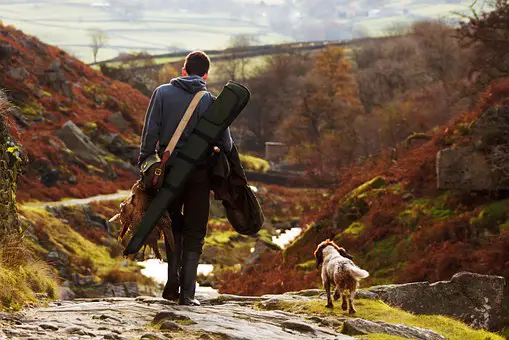
Ear and eye protection are a good precaution anytime you will be firing a weapon. Foam ear plugs and a pair of sunglasses will give you basic protection. Of course, you can also go for the more expensive options, like digital hearing aids that will protect you from loud noises while enhancing other sounds, and glasses with lenses that are high impact, colored, and coated.
A dog might also be a good thing to have on a pheasant hunt. It isn’t a requirement, but they will give you better chances of harvesting the pheasants. Remember though, a dog is a commitment at all times, not just in hunting season. Before you buy one, make sure that you are ready to invest a massive amount of time and energy, as well as money.
After being in the field for a few hours, you will need to have something to nibble on and something to drink. Don’t forget to take snacks and drinks with you in the field. You might want to bring along food and water for the dog too.
Hunting for pheasants is a great way to get a start at bird hunting. There isn’t a lot of equipment involved and although it might take a while to learn the finer points, a basic understanding of the sport is easy to grasp. To that end, there are a few tips that might do you well.
Keep it Down
People who hunt deer already know this. Slamming the door of your truck can alert the pheasants to your presence just as it would any deer in the area. Actually, pheasants have hearing that is pretty good, and the birds that people hunt will head for deeper cover or hunker down whenever they feel as if they are being threatened. You might be able to get away with something like speaking softly, but you will need to use hand signals and close doors quietly as much as you can.
Take Your Time
Many old roosters have reached the age they have because hunters can be impatient. People hunting can move through the pheasants’ cover too quickly. This allows the birds to just circle around behind them and back to safety. You should work through any cover in a zig-zag pattern. Another way to flush those roosters out is to frequently pause. A brief stop might be just what is necessary to get a bird that has been holding tight to lose his confidence and take flight.
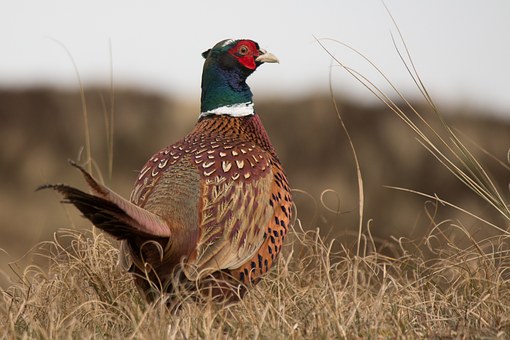
Hunt the Edges
During the course of a normal day, pheasants can move through a variety of habitats. Because of this movement, they are frequently held to the edges. Many hunters might choose to remain with a large bit of habitat, but it is critical to check places like ditches and fence lines. Anywhere that one type of habitat changes to another can be an excellent spot to hunt.
Sleep In
You know the saying ‘the early bird gets the worm’. Actually, even the early bird will get hungry later on in the day too. By late afternoon, many people who hunt this bird will have their feet resting cozily by the fire. However, this could mean that they are missing the best time for hunting. Pheasants begin to move out of that heavy, dense cover and into the more open sites for roosting during the final hour of daylight. Any grassy areas along corn fields tend to be great places to locate ringnecks.
Turn Your Calendar Back
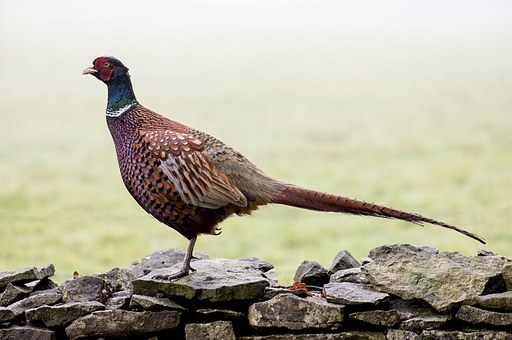 Those same hunters who sit all cozy by the fire in the late afternoon will tend to stow their shotguns before the snowy weather moves in too. Pheasant hunting late in the season can be amazing and those hunters who are willing to face the frigid weather are often rewarded with great hunting. When it comes to cover, cattail marshes are really good. They don’t tend to get a lot of pressure at earlier times during the year when the water is there. But, once the ice has gotten thick enough for you to walk on, the birds will gravitate towards them and you will be able to get through those cattails much easier.
Those same hunters who sit all cozy by the fire in the late afternoon will tend to stow their shotguns before the snowy weather moves in too. Pheasant hunting late in the season can be amazing and those hunters who are willing to face the frigid weather are often rewarded with great hunting. When it comes to cover, cattail marshes are really good. They don’t tend to get a lot of pressure at earlier times during the year when the water is there. But, once the ice has gotten thick enough for you to walk on, the birds will gravitate towards them and you will be able to get through those cattails much easier.
One thing about pheasant hunting that is a bonus is that it is a social sport. It is tough to hunt the birds on your own, so many experienced hunters will be happy to have other hunters join them, even newbie hunters.
Hunting Tactics
The challenge in hunting this particular bird isn’t the actual tracking, stalking, and ambushing as it is for so many other game animals. Approaching them can be relatively easy. The real challenge is in shooting those roosters while they are in flight.
Spawning
Pheasants tend to spawn in groups that may have as many as 9 birds. If you happen to find single ones, they will more than likely be from a flock that got parted due to spooking or because they got stuck in vegetation. These birds aren’t like waterfowl. They will only fly when they are spooked. The rest of the time, they will just walk across fields and meadows where you can find them feeding.
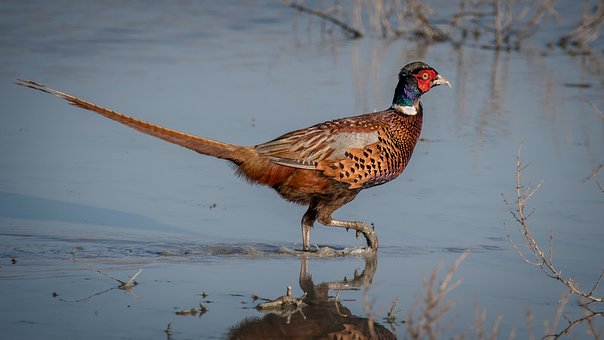
Clothing
The eyesight of a pheasant tends to be fairly good, and they will see you while you are wandering around. Even though you need to be safe and wear something that is blaze orange, you might still want to use camo to reduce that visibility. That being said, hunting this bird isn’t about stalking it.
Searching
There is a strong relationship between score and weight. It will be worth the effort to increase your skill at tracking the birds and following the tracks of heavier males. Any track that suggests that the bird is more than 2.6kg can often result in a bird that is a nice size.
Luring
It isn’t really feasible to lure a bird towards you. You can use a locator caller that will provoke a response from the roosters. The male pheasants will call on their own and this can tell you where they are. Females don’t have any vocal ability.
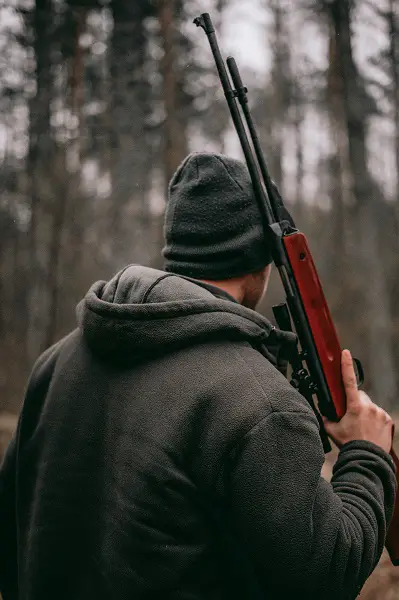
Field Judging
When you are looking for them in the field, try to spot their long tail feathers. The spurs will be too small for you to judge them with a naked eye.
Senses
This bird doesn’t have a sense of smell. Scent disguisers or eliminators will not be necessary because of this. However, they do have good eyesight. They can detect you from far away. The same can also be said of their hearing.
Fleeing/Ducking Behavior
You might approach a flock from a crouching position, or you might just run right into them. If you approach while crouching, they won’t know you are there until you are quite near to them. If you run at them, they tend to duck in place and remain immobile. Where the vegetation is dense, they might not dodge you, but they will run away and take flight as soon as possible. At times, in fields that are open, you can see large males or even females flying as opposed to ducking with the rest of the flock when they are scared.
Be patient, and by using the tips you just read you will be hunting with the best of them.
Sources
- YouTube, Hunting Pheasants for Beginners – Part 1
- Utah Division of Wildlife Resources, Pheasant Hunting Tips
- Outdoors Guy, Pheasant Hunting Basics
- Game Bird Hunts, Pheasant Hunting Tips for Beginners






